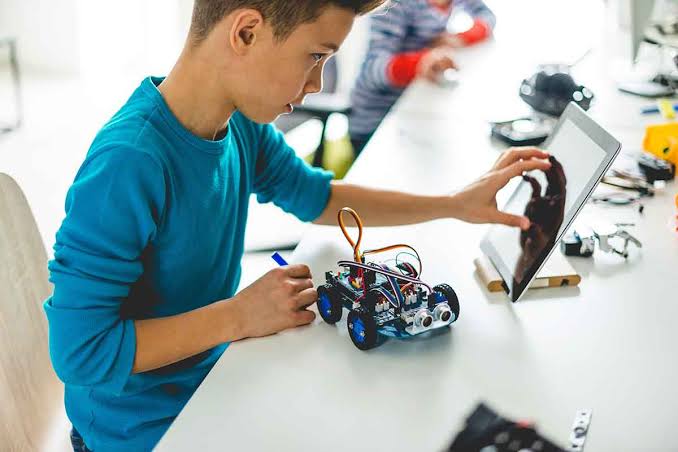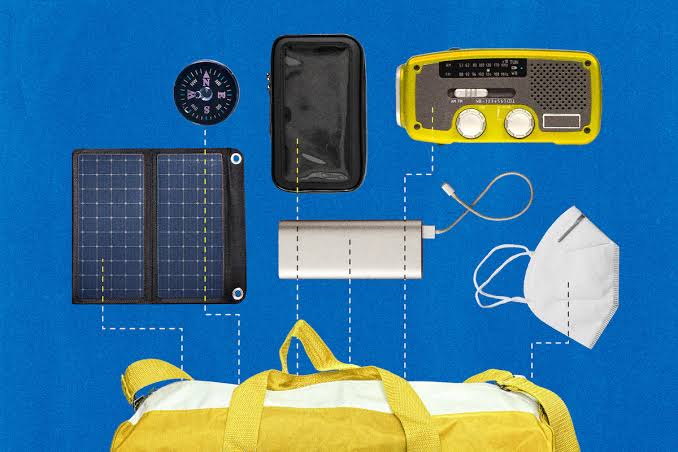Today, children grow up with technology all around them. From learning apps to educational toys, gadgets are more than just for fun—they help kids learn and grow. By July 2025, many devices made for children mix play with education. These tools boost creativity, learning, and thinking skills in ways not possible before. Parents and teachers now have many kid-friendly options that support brain development while keeping kids entertained.
Choosing the right gadget for a child depends on age, interest, and learning objectives. Whether you’re a parent trying to support your child’s academic performance or simply looking for a smart gift, understanding the best educational and fun options available today can make all the difference.
Smart Tablets Designed for Kids
Smart tablets have become one of the most popular gadgets for children, and in 2025, brands like Amazon, LeapFrog, and Samsung have released advanced kid-friendly models. The Amazon Fire HD 11 Kids Pro, for example, offers a durable design, parental controls, and access to thousands of educational apps through Amazon Kids+. It’s built to withstand drops and comes with content specifically tailored to various age groups.
Similarly, the LeapFrog Epic Academy Edition continues to be a strong choice for younger kids, offering interactive lessons in math, science, reading, and logic. These tablets are more than just screens—they are tools that adapt to the child’s pace and learning style, encouraging independent exploration in a safe environment.
Interactive Learning Robots
Learning robots are revolutionizing the way children engage with STEM (science, technology, engineering, and math) subjects. As of mid-2025, educational robots like Botley 2.0, Miko 4, and Sphero Mini have gained popularity for their ability to teach coding, logical thinking, and problem-solving through hands-on interaction.
Miko 4, for instance, uses AI to converse with kids, answer questions, and guide them through games that develop emotional intelligence and memory skills. Botley 2.0 doesn’t require a screen and is perfect for teaching coding to children as young as five. These robots not only make learning exciting but also encourage creativity and confidence as children learn to command, control, and collaborate with their tech companions.
E-Readers and Audiobook Devices
For kids who love to read—or those who need encouragement—e-readers and audiobook gadgets offer a gateway into the world of literature. Devices like the Kindle Kids Edition come with age-appropriate books and allow parents to set reading goals and track progress. The display is gentle on young eyes, and the built-in dictionary helps children expand their vocabulary.
In 2025, there’s also been a rise in standalone audiobook players like Yoto Player and Lunii Storyteller. These screen-free audio gadgets are designed for children to explore curated audio content ranging from fairy tales to educational science facts. They offer a great way to stimulate imagination and promote literacy skills without the need for constant supervision or screen exposure.
Wearable Tech for Safety and Activity
Wearable gadgets like smartwatches for kids are more advanced than ever. Devices such as the Garmin Bounce and TickTalk 5 come with features that allow parents to track their child’s location, set geofencing zones, and communicate via voice or video calls. These watches also include fitness tracking and basic educational games to keep kids physically active and mentally engaged.
What sets 2025’s wearables apart is the emphasis on safety and autonomy. With encrypted messaging, SOS alerts, and water-resistant designs, these smartwatches give both parents and children peace of mind. They are excellent tools for promoting independence while ensuring kids remain within safe boundaries.
Augmented Reality (AR) Toys
Augmented reality toys are among the most exciting developments in the children’s gadget space. Toys like Osmo Genius Starter Kit and Merge Cube blend physical interaction with digital content, creating immersive educational experiences. Osmo, for example, turns the iPad into an interactive learning center where kids can draw, solve puzzles, and even code by manipulating objects in the real world.
Merge Cube allows children to hold and interact with 3D objects like the solar system, human anatomy, or a beating heart, all viewable through AR headsets or smartphones. These tools make abstract concepts more tangible and help children retain complex ideas through play-based learning.
Smart Building Kits and STEM Sets
Smart building kits like LEGO Education SPIKE Prime and littleBits Inventor Kit are designed to teach children engineering principles, robotics, and programming. In 2025, these kits are being adopted in both homes and classrooms due to their ability to introduce coding and problem-solving in an intuitive, hands-on way.
LEGO SPIKE Prime integrates traditional LEGO bricks with motors and sensors, allowing children to build programmable machines. Meanwhile, littleBits offers modular components that snap together magnetically, enabling kids to invent their own gadgets. These tools inspire innovation and give children the confidence to experiment and iterate on their designs.
Digital Drawing Pads and Creativity Tools
Creative expression is just as important as academic development, and gadgets that promote art and design are flourishing in 2025. The XP-Pen Deco Mini and Wacom One are affordable drawing tablets compatible with educational art software tailored to children.
These devices allow kids to sketch, paint, and animate their creations with digital precision. Coupled with apps like Tayasui Sketches and Procreate Junior, young artists can explore their creativity while improving their fine motor skills and visual thinking. These tools are especially beneficial for children interested in careers in design, animation, or illustration.
Conclusion
The best gadgets for kids in 2025 are those that strike a balance between education and entertainment. From smart tablets and robots to AR toys and creative tools, today’s tech landscape offers countless options tailored to young learners. These devices not only support academic growth but also promote curiosity, independence, and emotional intelligence.
Parents should always consider a child’s developmental stage, interests, and learning goals when selecting a gadget. With the right guidance and supervision, technology can serve as a powerful ally in raising informed, confident, and creative children ready to thrive in a digital world.



